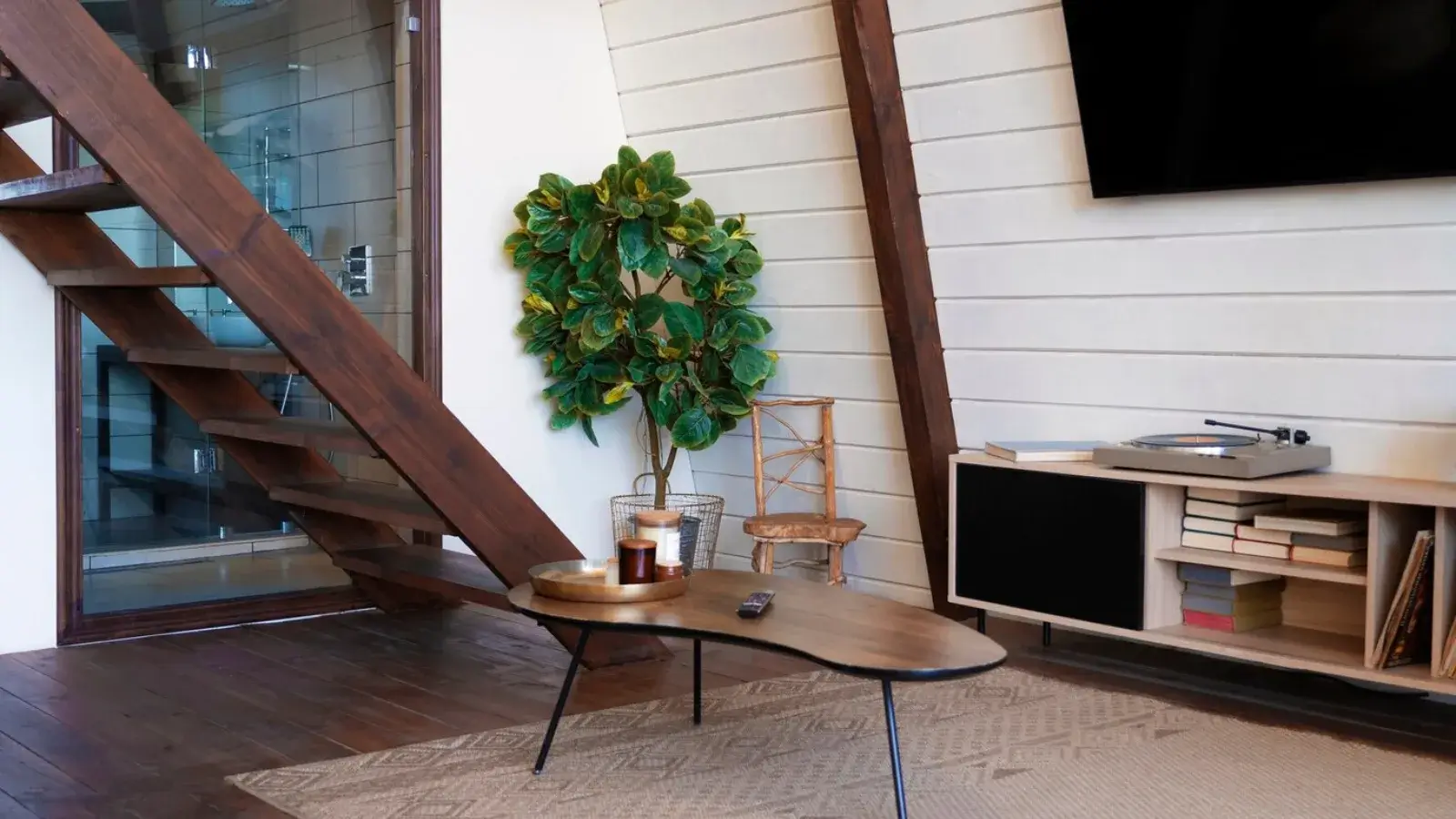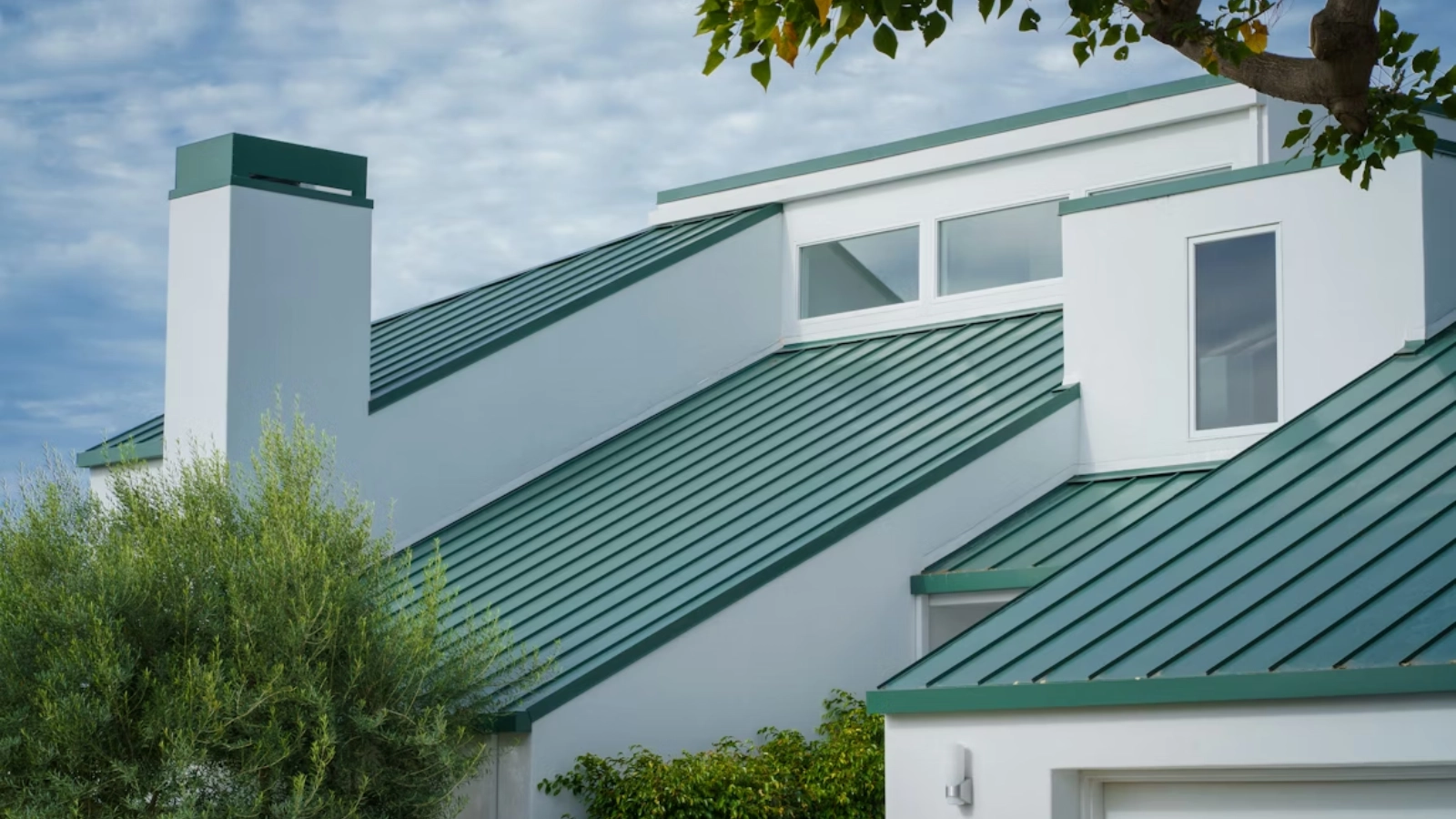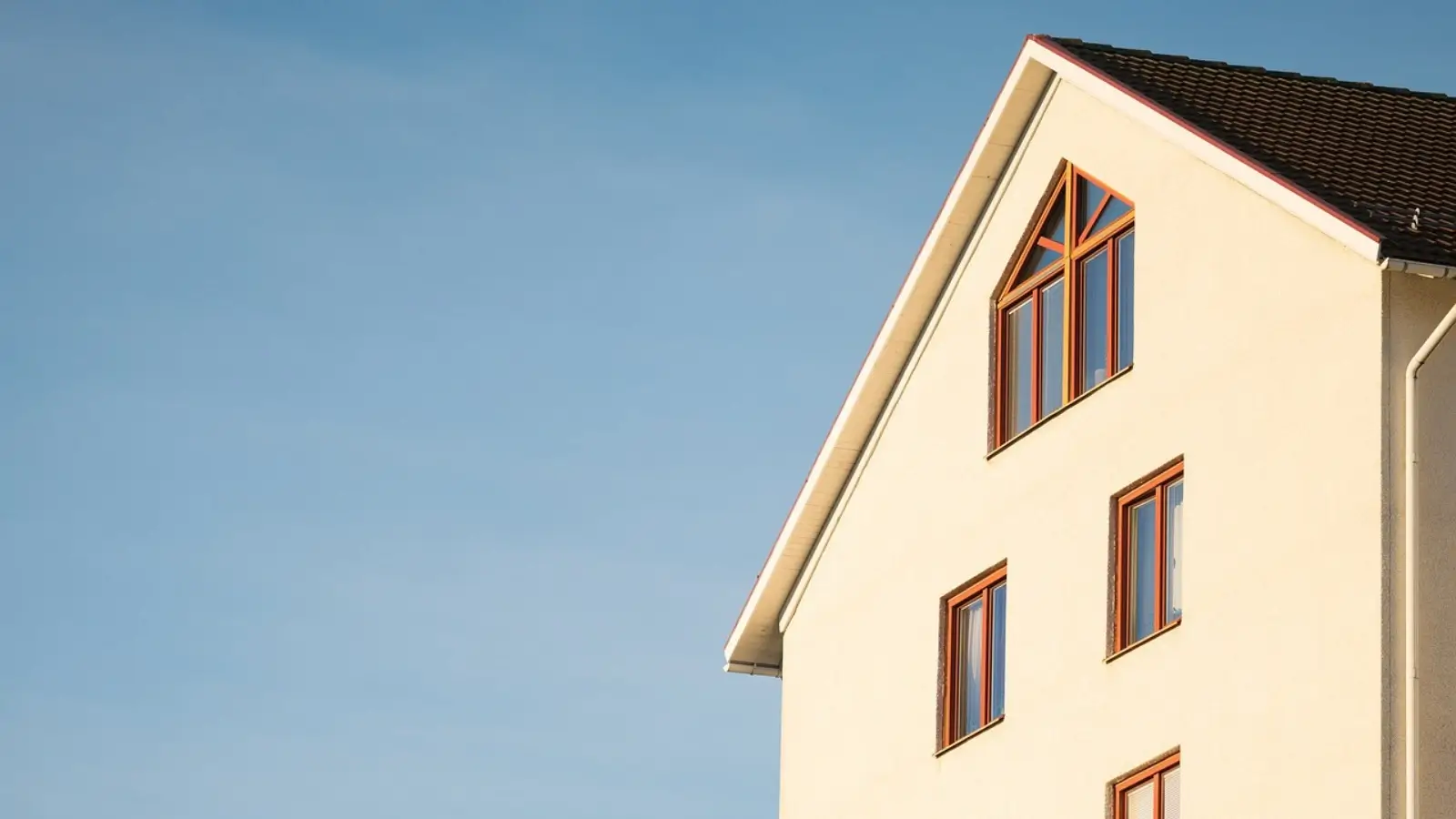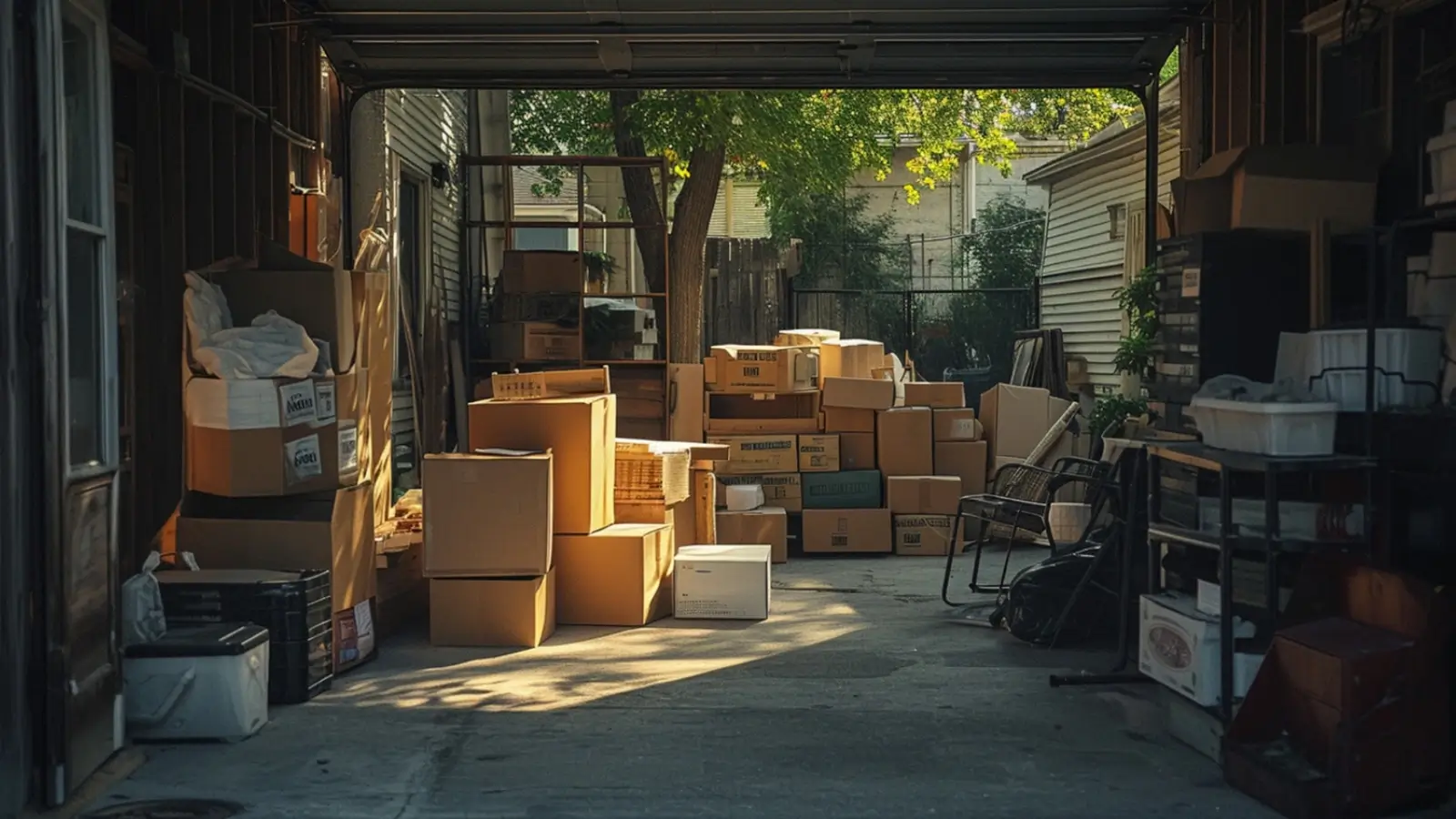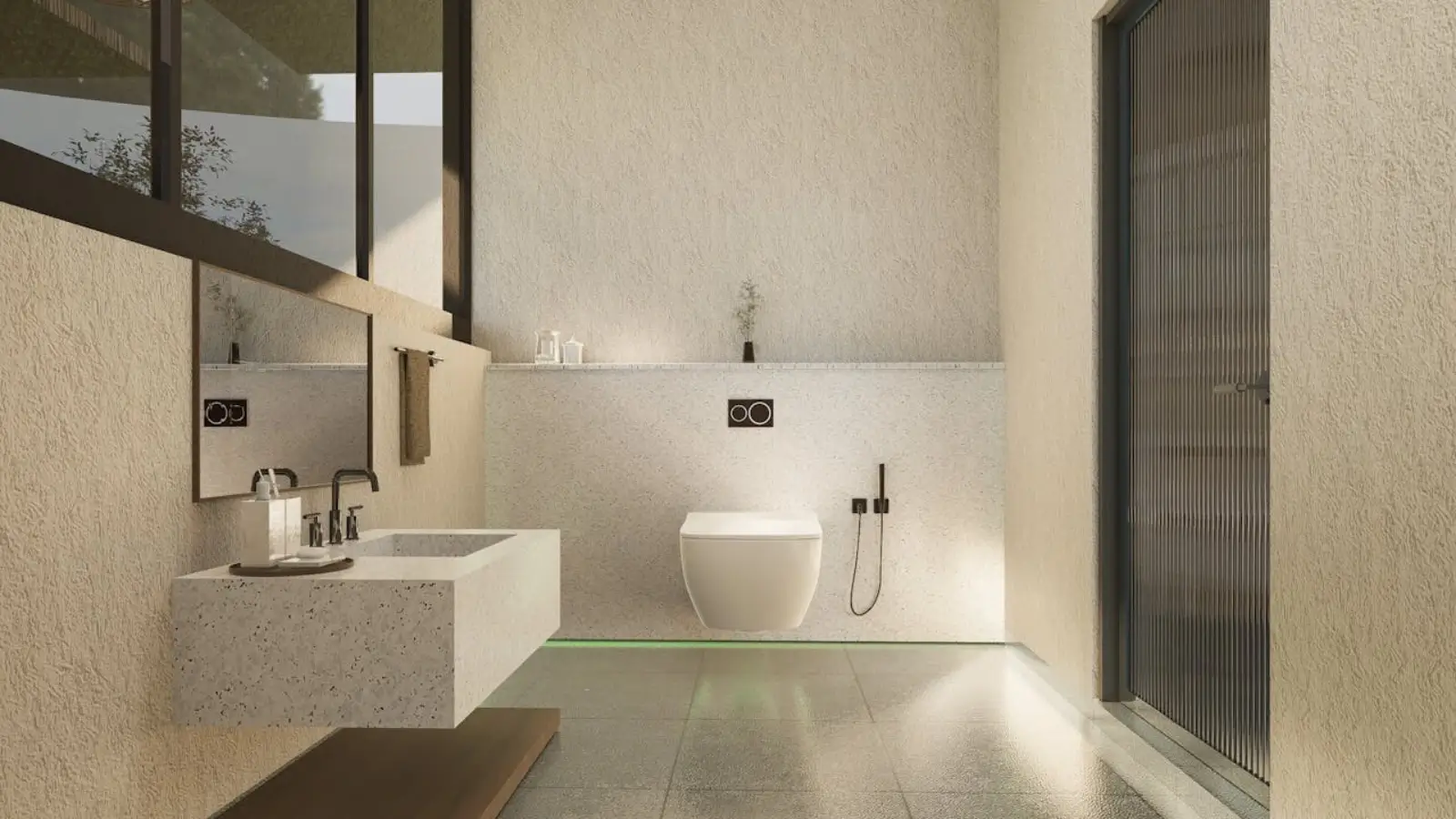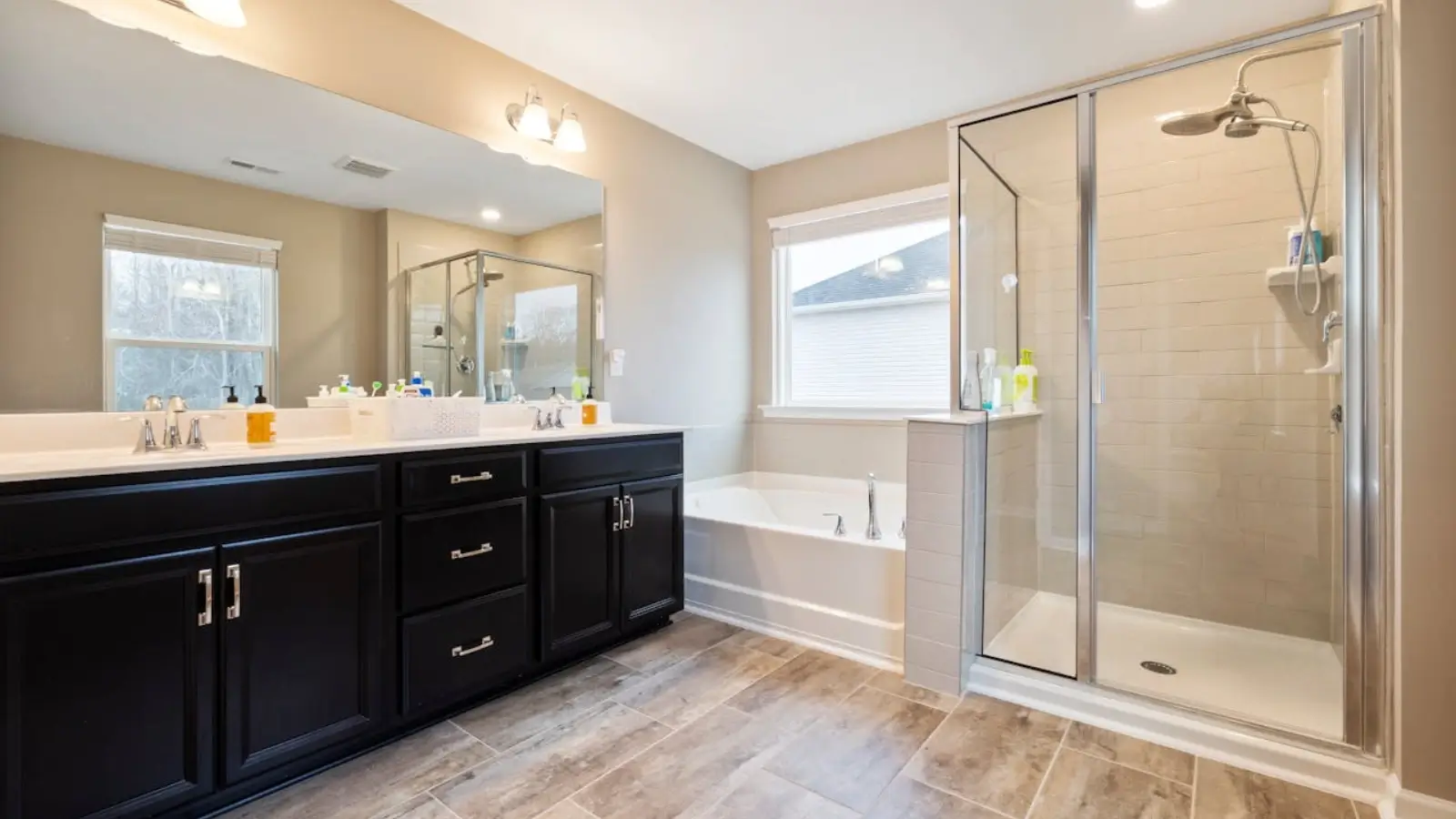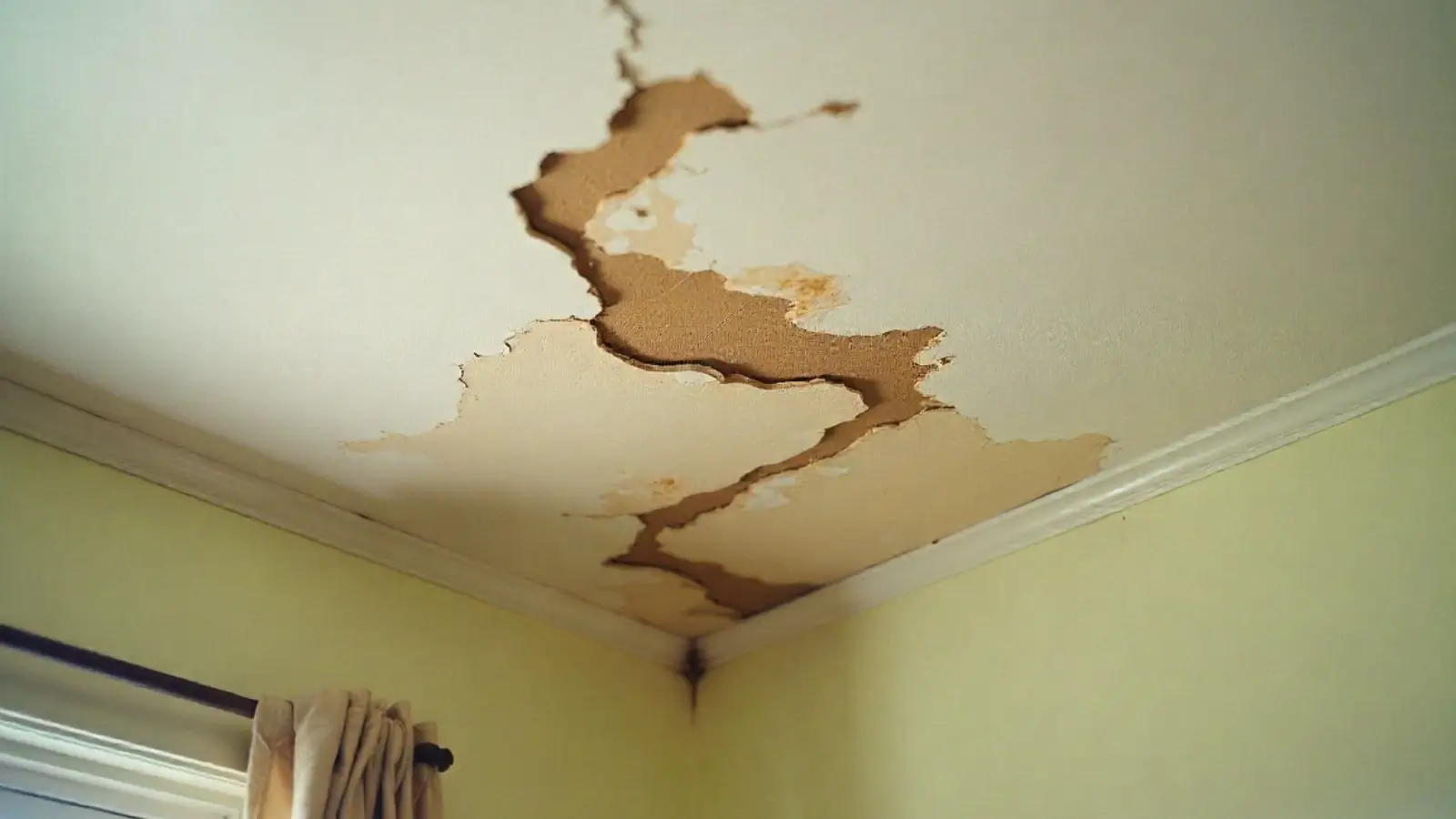As homeowners become increasingly aware of their environmental impact, sustainable interior design choices are on the rise. One area seeing significant innovation is wall paneling. Traditional options can often involve synthetic materials, toxic adhesives, and unsustainable harvesting practices. But thanks to modern advancements, eco-conscious alternatives now offer the perfect blend of beauty, durability, and environmental responsibility.
Whether you're planning a full home renovation or a single-room makeover, these eco-friendly wall paneling solutions can help you create a stylish, sustainable living space without compromising on aesthetics.
1. Reclaimed Wood Panels
Why It’s Eco-Friendly:
Reclaimed wood wall paneling is made from salvaged wood taken from old barns, factories, and demolished buildings. Instead of ending up in landfills or being incinerated, the wood is repurposed, giving it a second life and reducing the demand for freshly cut lumber.
Aesthetic Appeal:
Reclaimed wood has a naturally weathered look that adds rustic charm and character to any room. With unique grain patterns, imperfections, and aged hues, it offers a one-of-a-kind design feature that mass-produced materials can’t match.
Benefits:
- Reduces deforestation
- Diverts waste from landfills
- Often treated without harsh chemicals
- Offers excellent durability
Ideal Uses:
Feature walls in living rooms, headboards in bedrooms, or cozy accents in reading nooks.
2. Bamboo Wall Panels
Why It’s Eco-Friendly:
Bamboo is one of the fastest-growing plants in the world, with some species growing up to three feet per day. It regenerates quickly without the need for replanting, making it a renewable resource. Bamboo also absorbs more carbon dioxide and releases more oxygen than equivalent stands of trees.
Aesthetic Appeal:
Bamboo wall paneling provides a sleek and modern look, often available in various shades and textures ranging from light blond to rich caramel. Its minimalist aesthetic is perfect for modern and zen-inspired interiors.
Benefits:
- Rapid regrowth makes it highly renewable
- Naturally resistant to pests and moisture
- Lightweight and easy to install
- Biodegradable
Ideal Uses:
Bathroom accent walls, contemporary entryways, and clean, natural-looking home offices.
3. Cork Wall Panels
Why It’s Eco-Friendly:
Cork is harvested from the bark of cork oak trees without cutting them down. The trees can live for over 200 years and regenerate their bark, making cork one of the most sustainable building materials available.
Aesthetic Appeal:
Cork panels bring a soft, natural texture to walls, with earthy tones and a slightly spongy surface. They’re both visually appealing and tactile, offering a warm and cozy atmosphere.
Benefits:
- Renewable and biodegradable
- Naturally insulating and sound-absorbing
- Hypoallergenic and resistant to mold
- Lightweight and easy to work with
Ideal Uses:
Music rooms, home theaters, nurseries, or anywhere you want noise reduction and warmth.
4. Recycled Plastic Panels
Why It’s Eco-Friendly:
Made from post-consumer waste such as milk jugs, detergent bottles, and other plastic materials, recycled plastic panels prevent tons of plastic from ending up in landfills or oceans. These panels can also be recycled again at the end of their lifespan, contributing to a circular economy.
Aesthetic Appeal:
Modern manufacturing techniques have made recycled plastic panels available in a wide range of finishes, including ones that mimic stone, wood, and tile. You get the high-end look without the environmental guilt.
Benefits:
- Highly durable and moisture-resistant
- Easy to clean and maintain
- Diverts plastic waste from the environment
- Available in stylish and customizable designs
Ideal Uses:
Basements, kitchens, laundry rooms, and other high-moisture or high-traffic areas.
5. FSC-Certified Engineered Wood Panels
Why It’s Eco-Friendly:
Engineered wood panels like MDF and HDF are typically made from wood fibers and byproducts that would otherwise be discarded. When sourced from forests certified by the Forest Stewardship Council (FSC), these panels support responsible forest management and ethical labor practices.
Aesthetic Appeal:
Engineered wood panels can be finished in countless ways—painted, stained, or covered with decorative veneers. They offer a clean, uniform look that complements a variety of modern and traditional interiors.
Benefits:
- Uses wood waste and byproducts efficiently
- Available in formaldehyde-free versions
- FSC certification ensures ethical sourcing
- More stable and less prone to warping than solid wood
Ideal Uses:
Wall treatments in living areas, ceiling panels, or accent walls with painted or veneered finishes.
Why Choose Eco-Friendly Wall Paneling?
Switching to eco-friendly wall paneling is about reducing your carbon footprint, promoting healthier indoor air quality, supporting ethical manufacturing, and choosing durable materials that last.
Here are a few compelling reasons to make the switch:
1. Healthier Indoor Environment
Many conventional wall paneling products contain VOCs (volatile organic compounds) that off-gas into your home, potentially causing respiratory issues, allergies, and long-term health concerns. Eco-friendly options tend to be low-VOC or VOC-free, keeping your indoor air cleaner and safer.
2. Support for Sustainable Industries
When you opt for products like FSC-certified wood or bamboo, you're supporting industries that prioritize renewability, forest conservation, and ethical labor standards.
3. Waste Reduction
Reclaimed wood, recycled plastic, and repurposed materials help reduce the burden on landfills and contribute to a more circular economy.
4. Energy Savings
Materials like cork and engineered wood offer thermal insulation, potentially reducing your heating and cooling needs and saving you money on energy bills.
Tips for Choosing the Right Eco-Friendly Paneling
Before you purchase, keep the following in mind:
- Check Certifications: Look for third-party certifications like FSC, GreenGuard, or Cradle to Cradle.
- Ask About VOC Content: Choose low-VOC or no-VOC finishes and adhesives.
- Consider Lifespan: Some materials may be more durable or require less maintenance over time, increasing their sustainability.
- Match Your Style: Sustainability doesn’t mean compromising aesthetics—there are plenty of stunning options to fit your home’s design vision.
Final Thoughts
Updating your interior with eco-friendly wall paneling is a smart and impactful step toward creating a sustainable home. From the warm textures of reclaimed wood to the sleek modernity of recycled plastic, there’s a solution to suit every taste and need. By choosing materials that minimize harm to the planet and maximize beauty and function, you’re not just investing in your home—you’re investing in a greener future.
Ready to transform your space sustainably? Start with one of these five wall paneling options, which combine style and sustainability under one roof.

